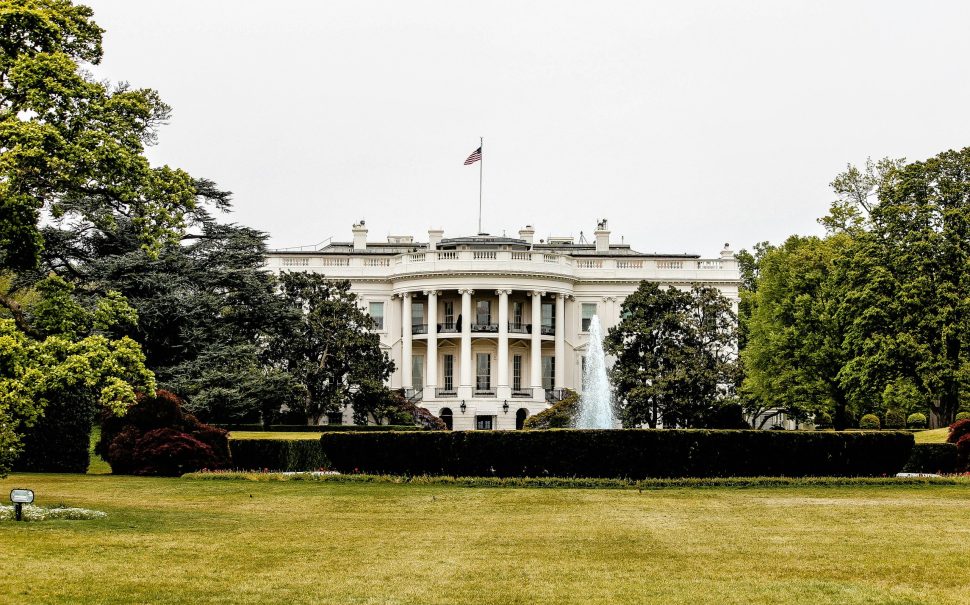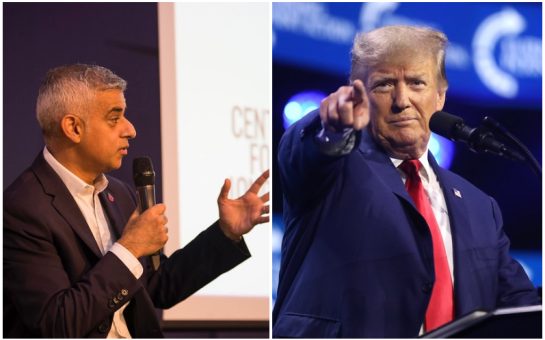American voters go to the polls on Tuesday November 5 to elect a new president.
However, US elections are different from those in the UK in a number of different ways.
Here, five key questions about the difference between UK and US elections are answered for London readers.
Who is being elected?
Primarily, voters will have the opportunity to influence the election of their president on Tuesday.
The president is the executive office and serves as both the head of state and head of government.
In the UK these roles are held by the monarch and the prime minister respectively.
However, American voters can also vote in other races on election day, for a variety of state and local offices.
There are notable races in the Senate, where Democrats control the chamber 51-49, and in the House of Representatives, where Republicans won the majority by 222-213 in 2022.
Laws require the approval of both these houses, as well as the president, to become law.
By contrast, in the UK the monarch’s assent is ceremonial, while the unelected upper House of Lords rarely blocks legislation.
What is the electoral college?
In the UK, voters cast their ballots for local MPs and the leader of the largest party grouping in parliament becomes the prime minister.
In the US, while citizens can choose to vote for Kamala Harris, Donald Trump or a third-party candidate, the race will not be decided on the popular vote, which is the total number of votes cast for each candidate.
Instead, each state is allocated electors in the electoral college in line with their population size.
California has largest single number of electors with 54, with every state except Maine and Nebraska awarding all their votes to the winner of the statewide race.
This means that even if a candidate wins a state by one vote, they take all the electoral college votes for that state.
What is a swing state?
Much commentary of the presidential election focuses on swing states, those where the outcome is likely to be tight.
These are the equivalent of marginal constituencies in the UK, where the vote share of two parties is close to equal and the seat often changes hands.
In the US these states include Pennsylvania, Michigan, Georgia and Arizona, while in London some examples are Hendon, Chelsea and Fulham, and Bromley and Biggin Hill.
These swing states or marginal constituencies are different to bellwether locations, where the result often mirrors the national result.
In the US, Clallam County in Washington state has voted for the eventual winner in every presidential election since 1980, while Harrow East in London was a bellwether in every UK election from 1979-2019.
When will the winner be known?
While the UK has a notable exit poll revealed when polls close at 10pm on election day, with results largely known by the following morning, US elections can sometimes be unclear for days while votes are counted.
Counting is organised differently across the states, with television networks making calls on state results as numbers are tallied.
If the result is close, it could be days before the winner is clear.
After the 2020 election, which fell on 3 November, the first major outlet to call the race for Biden, Decision Desk HQ, did not do so until 6 November.
CNN, followed by other major networks, waited until 7 November 2020 to make the same call.
When will the winner take office?
Famously, UK prime ministers take office immediately after the election result is known, usually the following day, as Keir Starmer did on 5 July.
However, the US victor will not be sworn in until inauguration day on 20 January 2025, at which time they will take the oath of office and formally become president.
Image: Rene DeAnda





